Last Reviewed and Updated on July 29, 2022
Wondering what are some types of camels and how to tell them apart? Learn more about the three species of camels as well as a fourth type and what the main features of each of them are.
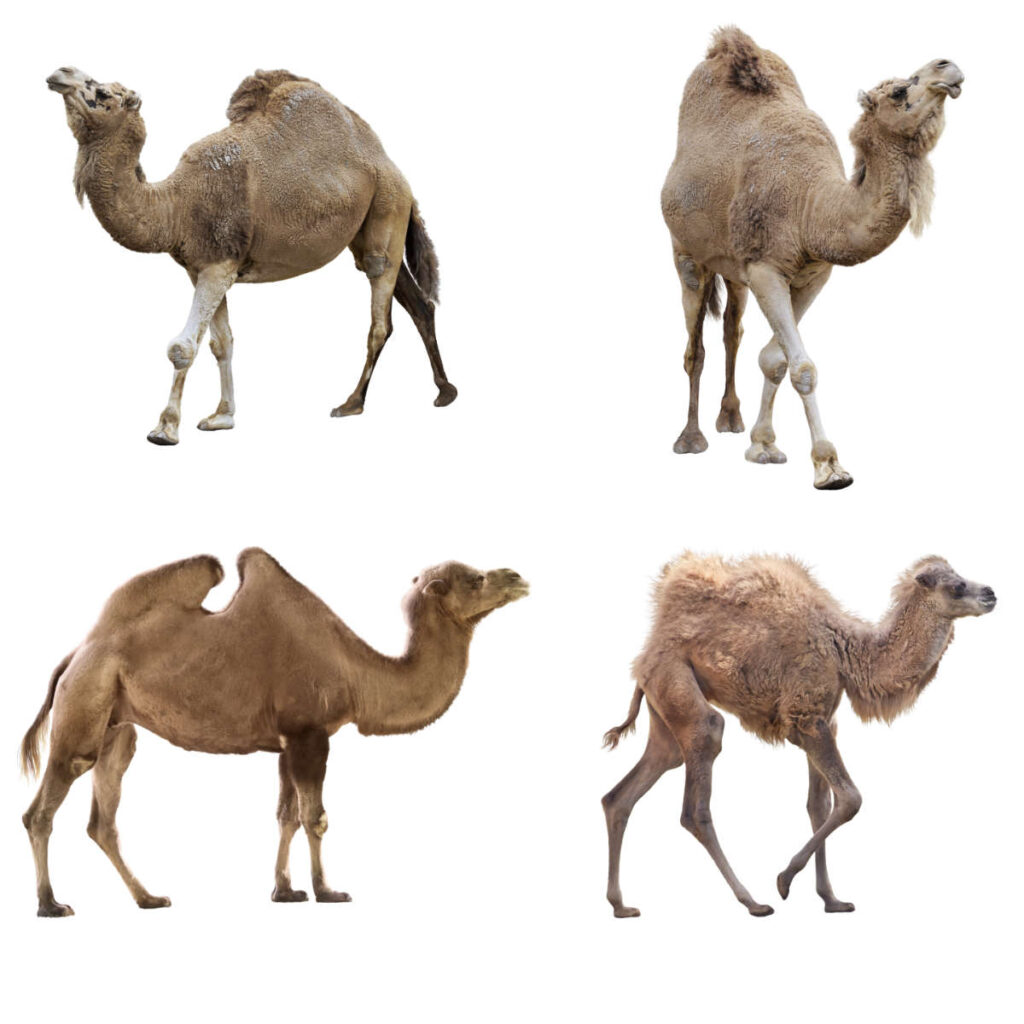
1. Dromedary camels
Dromedary camels are also known as one-humped camels, and the easiest way to tell them apart from other types of camels is by the number of humps these camels have. As their name suggests, one-humped or dromedary camels have one hump only. There are subspecies of dromedary camels.
They are also the tallest of all camel species. You will find these animals in Africa and the Arabian Peninsula natively.
You will also find them in Australia, where there is a large and growing population of feral dromedary camels. These camels were brought to Australia in the 19th century.
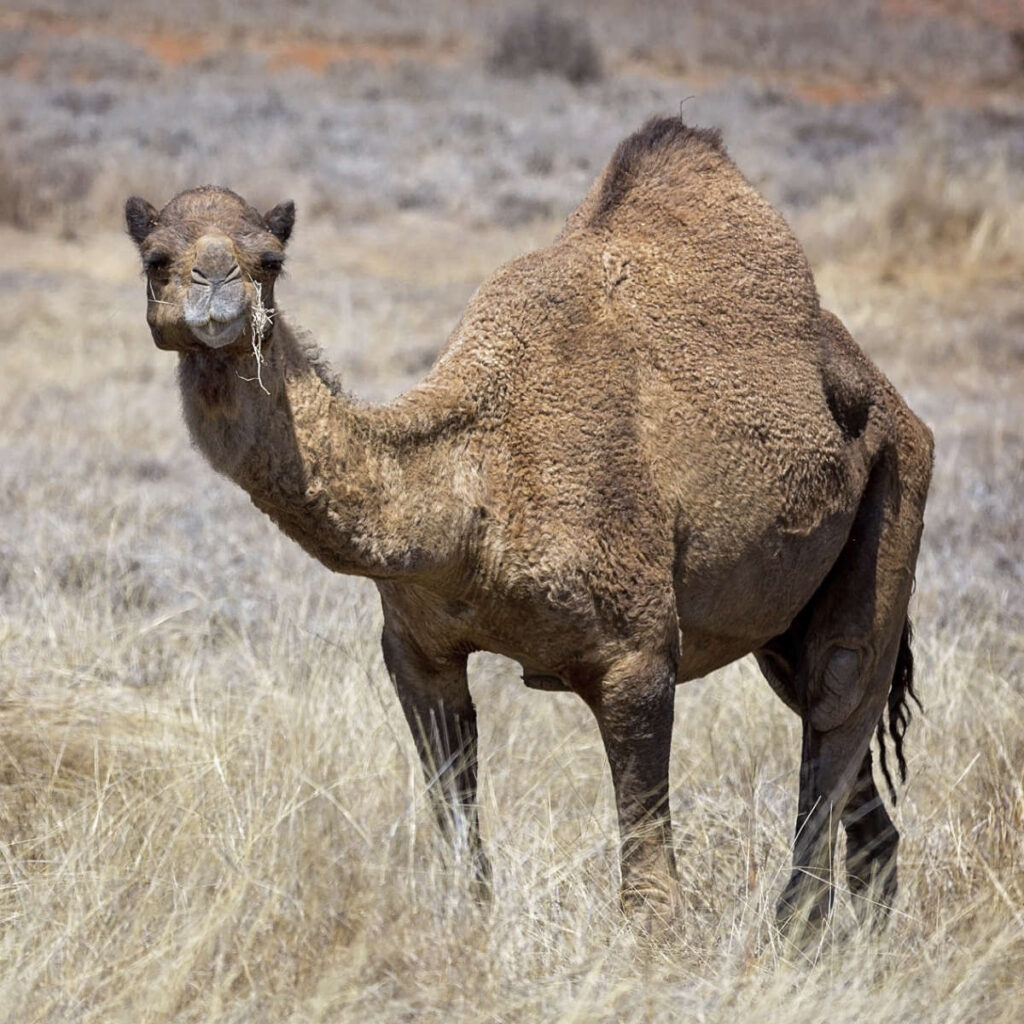
2. Bactrian Camel
The main difference between Bactrian camels and dromedary is in the number of humps these camels have. Bactrian camels have two humps. Bactrian camels are also known as Mongolian camels, and they are native to central Asia. These camels are mostly domesticated.
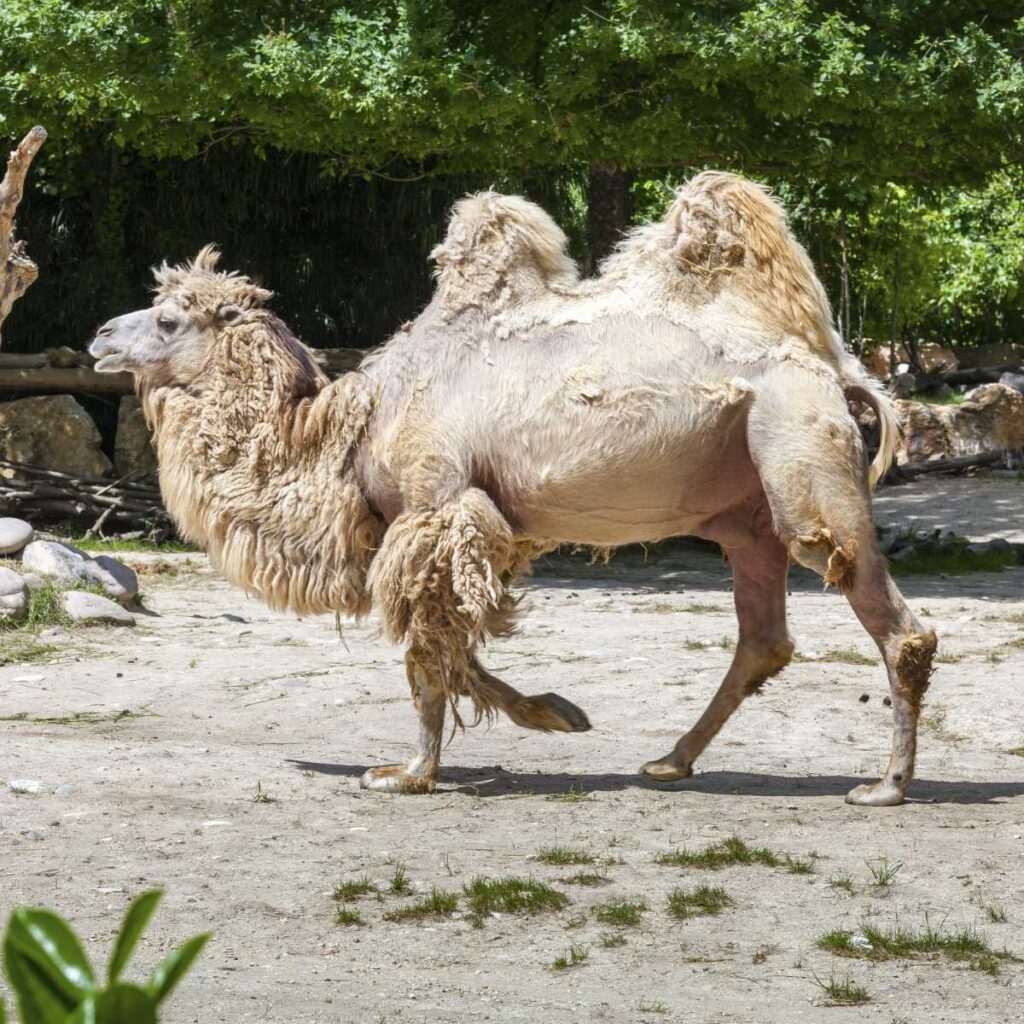
There are variations in color in Bactrian camels; their coat colors vary from sandy beige to dark brown. Depending on the time of the year, these camels have a long shaggy winter coat or shorter hair in the summer months.
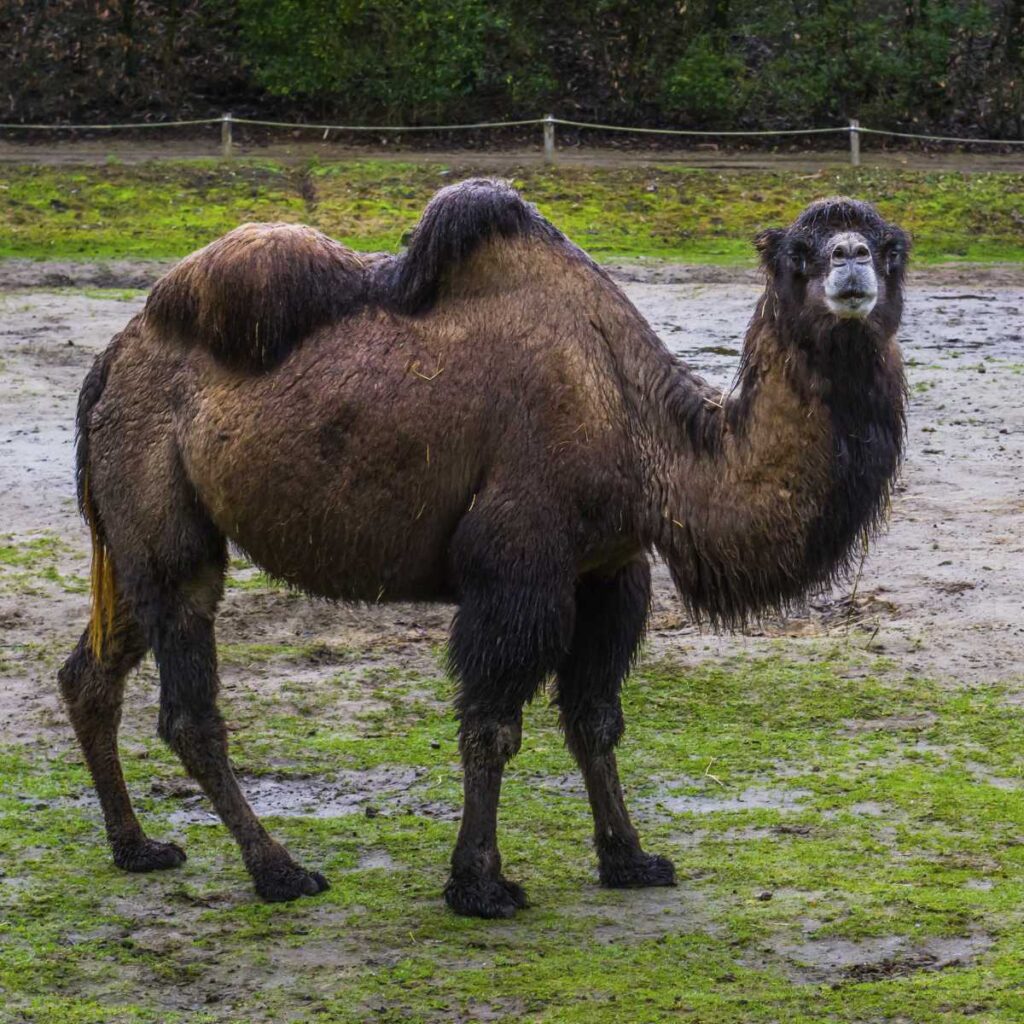
3. Wild Bactrian Camel
The name of this type of camel may mislead you a bit. It was first thought that wild Bactrian camels are just that, camel descendants from domesticated Bactrian camels that became feral. But that is not the case. It is true that the two species are very similar looking, but they differ quite a bit genetically. They became a separate species over a million years ago, a long, long time before Bactrian camels were domesticated.

Wild Bactrian camels are generally more slender and smaller. They also have smaller and more conically shaped humps.
This species is critically endangered, and most can be found in Lop Nur Wild Camel National Nature Reserve in China and in the nature reserve Great Gobi a Strictly Protected Area in Mongolia.
Bonus: Hybrid camels
Hybrid camels aren’t a species on their own; they are a result of breeding a dromedary camel with a Bactrian.
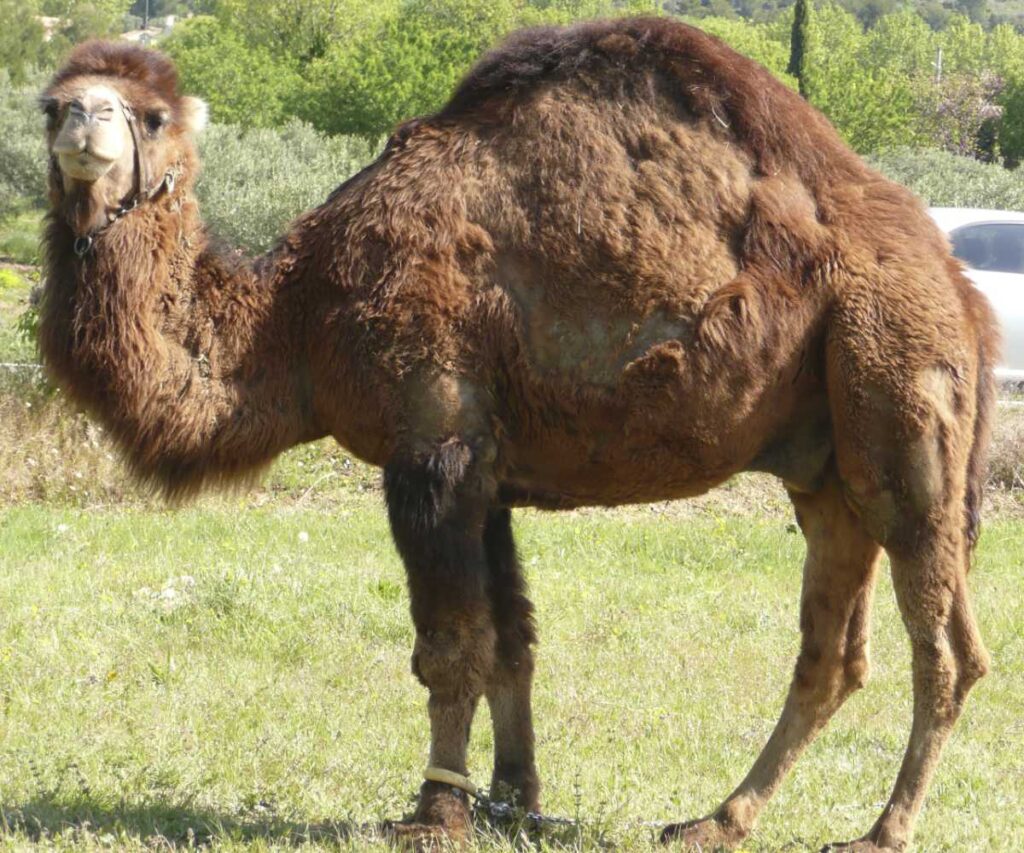
These camels typically have a single large hump that can be slightly divided. The hybrid camel is typically larger than its parents and is stronger. Unlike many other hybrids, these hybrids can be bred further.
Love camels? Read through these fascinating facts about camels.
